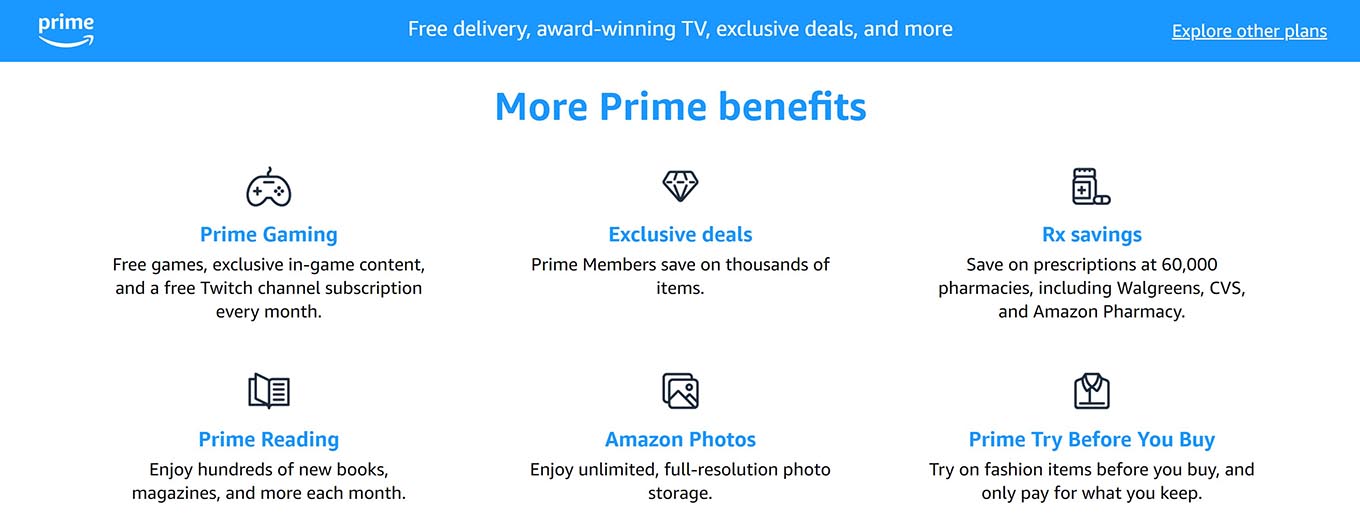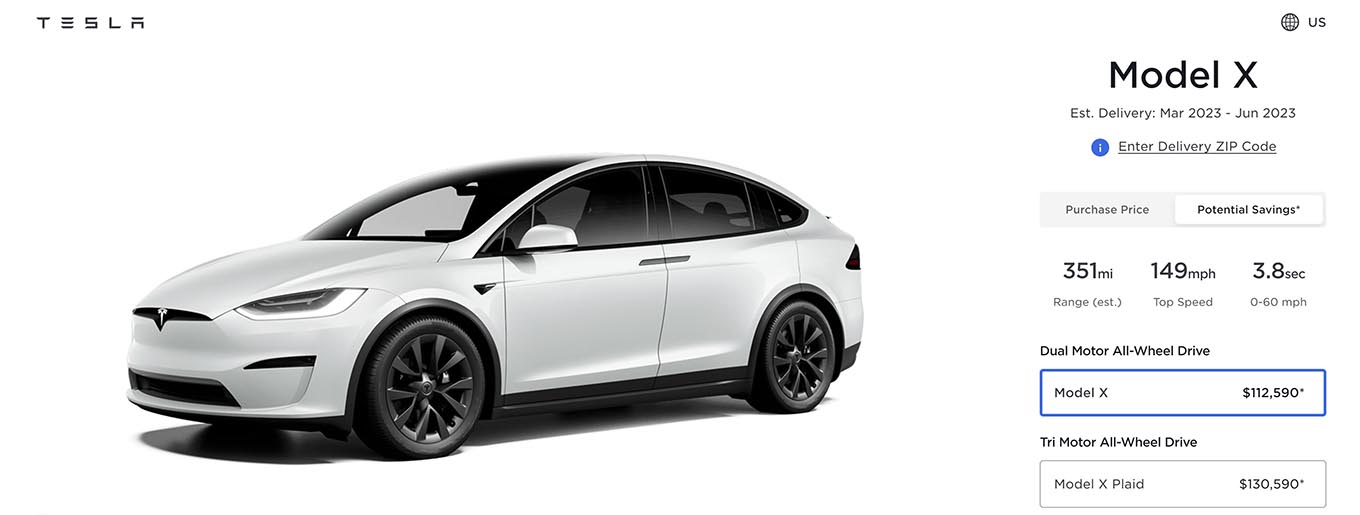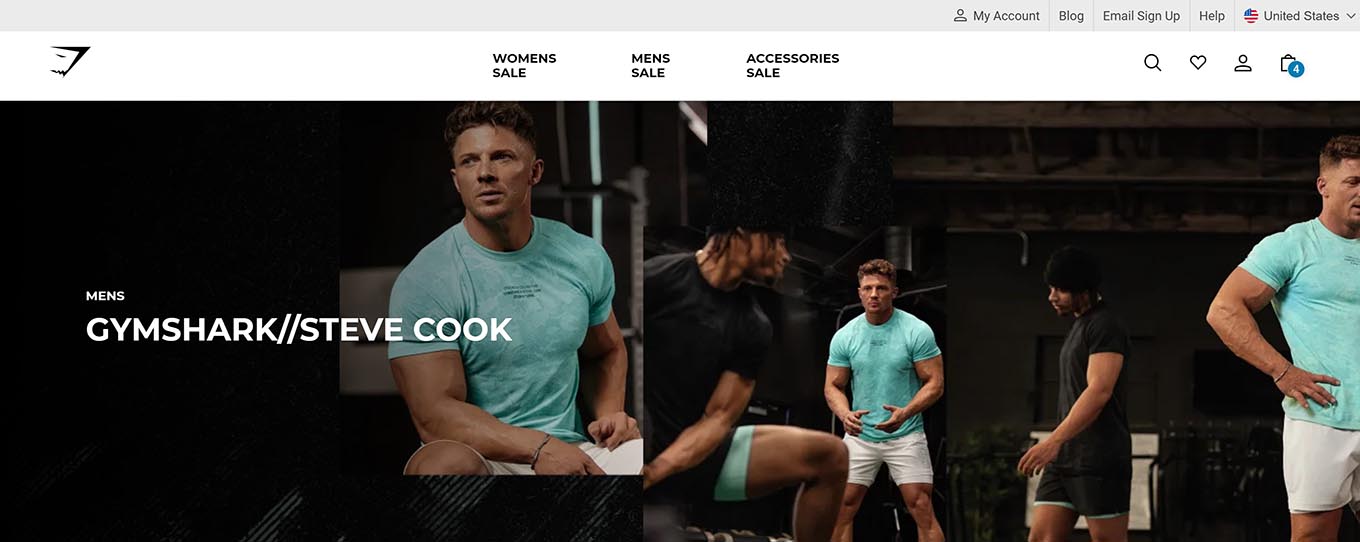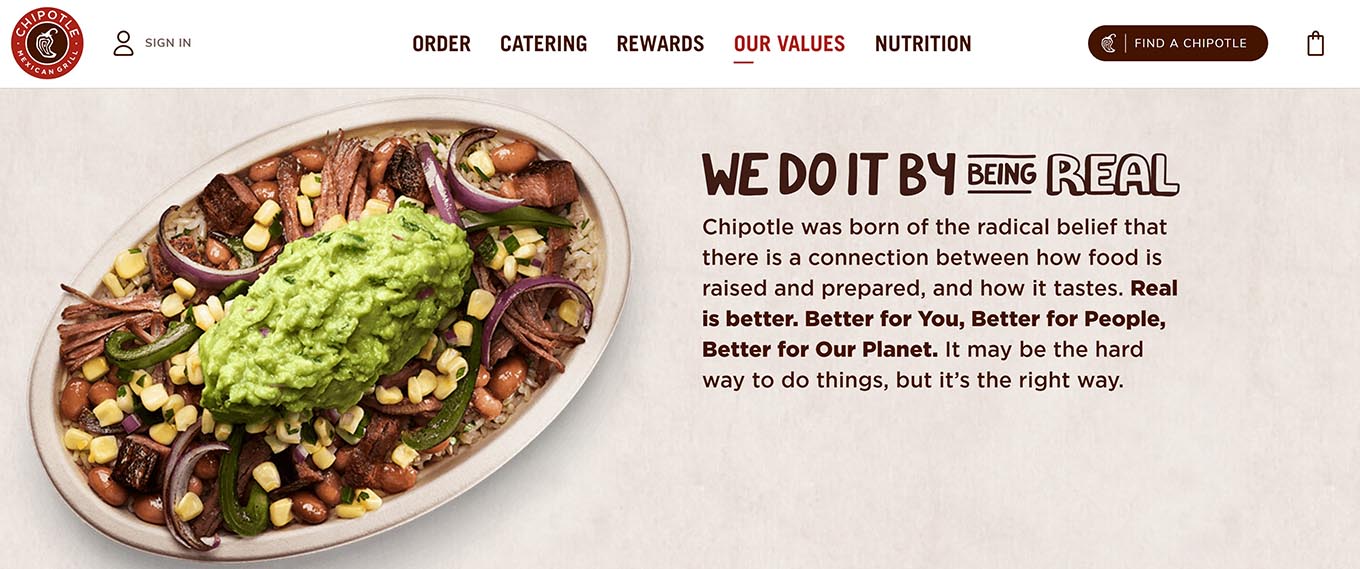As the competition among eCommerce brands continues to heat up, many businesses find themselves getting squeezed from all angles.
To survive, compete, and grow in this challenging environment, it is more important than ever to have a clear value proposition for your customer.
But how do you really stand out in a sea of competitors?
And what if your product features aren't that different from the next product on the shelf? This is where product positioning comes in.
Product positioning allows businesses to differentiate their product offerings and communicate their product value more clearly.
This article will discuss five practical product positioning tactics that can you can leverage to build brand awareness, win more customers, and foster customer loyalty.
What is Product Positioning?
Product positioning answers the question: why should a customer choose your product over a competitor's? It is the process of presenting a product to your target audience in a way that makes it stand out in the marketplace.
Oftentimes, especially in crowded or competitive environments, the product itself is not enough to win new customers. This is why product positioning looks beyond product features — it’s about communication style, emotional triggers, brand story, and more.
Product positioning is important for differentiating your business and crafting an offer that resonates with customers.
While this requires a deep understanding of customer needs, wants, and desires, brands that nail their strategic positioning are rewarded handsomely.
Improved conversion rates, retention, and pricing power are all potential benefits of effective product positioning.
Beautiful, simple reviews for your site
Easily collect, show & grow customer reviews, photos & videos for your business.How to Create a Product Positioning Strategy
To stand out from competitors and differentiate your product in the eyes of consumers, you will need a compelling product positioning strategy.
Here are 5 tactics to help you create one:
1. Branding

Branding focuses on developing a cohesive look and feel across:
- Product Packaging
- Marketing Materials
- Website Design
- Product Images
- …and more.
It is key for shaping public perception of your product and your business.
In fact, a thoughtful brand identity can help build awareness, create product recognition, and reinforce value.
Consumers appreciate the time and effort required to create a unified brand and associate visual cues with a product's worth.
Apple, for example, is an expert in product branding.
The form factor of Apple products is consistently sleek, modern, and minimalistic.
Their iconic logo and product packaging also blow away the competition, creating excitement and anticipation during the unboxing process. These masterful product branding tactics have enabled Apple to command premium prices and capture market share.
2. Storytelling
Storytelling is a free way to connect with potential customers on an emotional level. By sharing the story behind your brand, product, and mission, you can build a loyal following from like-minded consumers.
Storytelling throughout your content can help differentiate your product by emphasizing product benefits over features.
It opens up a world of possibilities, allowing you to create product narratives around how your product is different and special.
It can also humanize an otherwise faceless product and help customers see themselves as part of something larger.
For instance, Nike's clothing is not just about sweat-wicking features — Nike tells stories of greatness, resilience, and tenacity.
These stories capture the imagination of their customers and create a deeper connection between the product and the buyer. These product values ultimately allow Nike to distinguish its offering as more inspiring than comparable products.
3. Pricing
Pricing is a key product positioning tool that can be used to differentiate a product's quality and establish exclusivity.
Premium pricing is often used to shape perception in the luxury goods market.
The fact that only a small segment of the population can afford brands like Hermes, Chanel, and Prada is part of what makes them so desirable.
The high price point communicates product prestige, helps the brands maintain their cachet, and reinforces an assumed caliber of construction.
These coveted product attributes help product owners feel special, which in turn creates aspirational product positioning.
On the other hand, pricing can also be used to competitively position products at lower price points.
This strategy is often employed in commoditized markets where feature differentiation is difficult or impossible.
By offering cheaper prices than the competition, companies can capture market share and build loyalty from price-conscious buyers.
However, when starting an eCommerce brand, operators should be hesitant to use lower pricing as a product's primary differentiator.
Although this tactic can generate short-term sales, it can create a "race to the bottom."
As competitors match or undercut your product prices and you respond in kind, the entire market eventually suffers from margin compression.
4. Value

Instead of competing on price alone, value is an important product positioning tactic that focuses on maximizing customer satisfaction.
By developing product bundles, loyalty programs, and complimentary services, companies can create packages that offer more value than just one product.
Even if your product is undifferentiated from the competition, providing value in supplemental areas can give customers a reason to choose your product over others.
These offerings will help your business stand out in the market and avoid price wars.
Amazon Prime, for example, bundles two-day shipping with product discounts on streaming services, music subscriptions, cloud storage, and more.
These product combinations create a distinctive offering that is impossible to replicate and allow Amazon to differentiate itself from other eCommerce competitors clearly.
5. Segmentation
Segmentation is a product positioning tactic that divides the market into different customer groups to find unique product opportunities.
And although this product positioning strategy narrows the total addressable market, it often allows businesses to increase their market share by dominating sub-niches.
Segmentation encourages business owners to tailor their product solutions to more specific customer problems.
By researching customer attitudes, behaviors, and desires, product owners can determine who their product is best suited for and how to deliver a product that speaks directly to them.
This focus on product specialization enables smaller brands to compete against larger companies by taking advantage of product gaps and unexplored customer needs.
And even when the underlying product cannot be improved or customized for a specific segment, businesses still benefit from improved messaging.
Simply communicating with customers about their particular problem in the language they’re familiar with can create product differentiation and generate goodwill in a crowded market.
Examples of Effective Product Positioning
As you develop a product positioning plan, learning from companies that have successfully differentiated their product offerings can be helpful.
Here are a few examples to inspire your own strategy:
Dove

Dove has used clever storytelling to position itself as a brand that celebrates real, natural beauty.
Dove employs models of all shapes and sizes to communicate to customers that beauty is subjective and inclusive.
This message has allowed Dove to break through the noise in a heavily competitive product category.
Rather than focusing on product features or price, Dove has nailed the emotional aspect of product positioning.
They’ve created an identity that their customers resonate with, which fosters long-term loyalty and brand recognition.
Bombas

Bombas, a sock-first apparel company, has leveraged storytelling and pricing to propel an otherwise simple product company to hundreds of millions in sales.
The company donates one pair of socks for every pair purchased, amounting to more than 75 million clothing items donated in under ten years.
The socially conscious brand has a product positioning strategy that appeals to customers’ altruistic desires.
But their differentiation doesn't stop there — Bombas also uses premium pricing to rise above competitors and emphasize product quality.
A single pair of socks can cost upwards of $20, which helps Bombas represent its products as superior relative to the market.
Tesla

By building electric cars without sacrificing performance, comfort, or style, Tesla has become a cutting-edge product leader.
The company leans on branding, pricing, and segmentation to differentiate its product and position itself as an innovator in the automotive sector.
Tesla appeals to environmentally conscious consumers and early adopters of new technology.
Its sleek branding and relatively high prices for the Model S and Model X also attract wealthier customers that are looking for a balance of luxury and sustainability.
This positioning has enabled the company to capitalize on evolving customer preferences and stand out relative to traditional car manufacturers.
Gymshark

Gymshark has quickly become dominant in the athletic apparel market by focusing on value and audience segmentation.
The company targets younger consumers and fitness influencers, which has enabled it to tap into the growing bodybuilding market.
Gymshark's product offering is much more targeted than competitors like Nike, Adidas, or Lululemon. Instead, the brand is honed in on weightlifting and calisthenics.
This strategy has created unrivaled product loyalty and brand recognition in gyms across the country.
The company's deep market penetration has also been supported by its incredible value.
Gymshark offers aesthetic design and performance at an affordable price.
Plus, the brand makes it easy to build an entire fitness wardrobe with matching sets, product bundles, and seasonal collections.
Chipotle

Chipotle stands out with its storytelling and value proposition compared to other fast-food chains.
The company tells a simple but compelling narrative about its founding and core values.
Chipotle represents fresh and high-quality ingredients, animal welfare, and environmental sustainability.
This is in stark contrast to many other chains associated with low prices, processed ingredients, and unhealthy eating.
And Chipotle does this all at a relatively approachable price point, which has created a fiercely loyal customer base.
Conclusion
Product positioning is a powerful tool for any company looking to stand out from its competitors.
From product packaging to storytelling and pricing tactics, product positioning can help companies create a distinguishable product that resonates with their customers.
The five examples above illustrate how product positioning can be used to differentiate products and build brand loyalty in various industries.
This is why, no matter the product, positioning is an important factor in a company’s ability to acquire customers, create loyalty, and succeed in the market.
Guest Poster
Bio

Daniel Anderson is a marketing expert who writes about entrepreneurship, business, and personal finance.
Learn how to launch an ecommerce business, scale through digital marketing, and plan for financial freedom with step-by-step guides at TheMoneyManiac.com.









